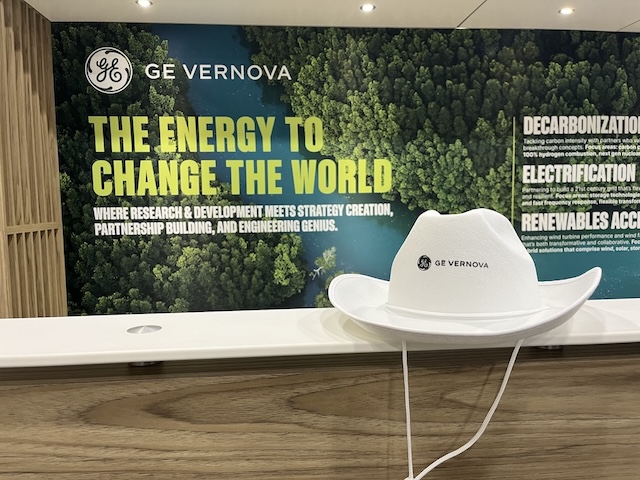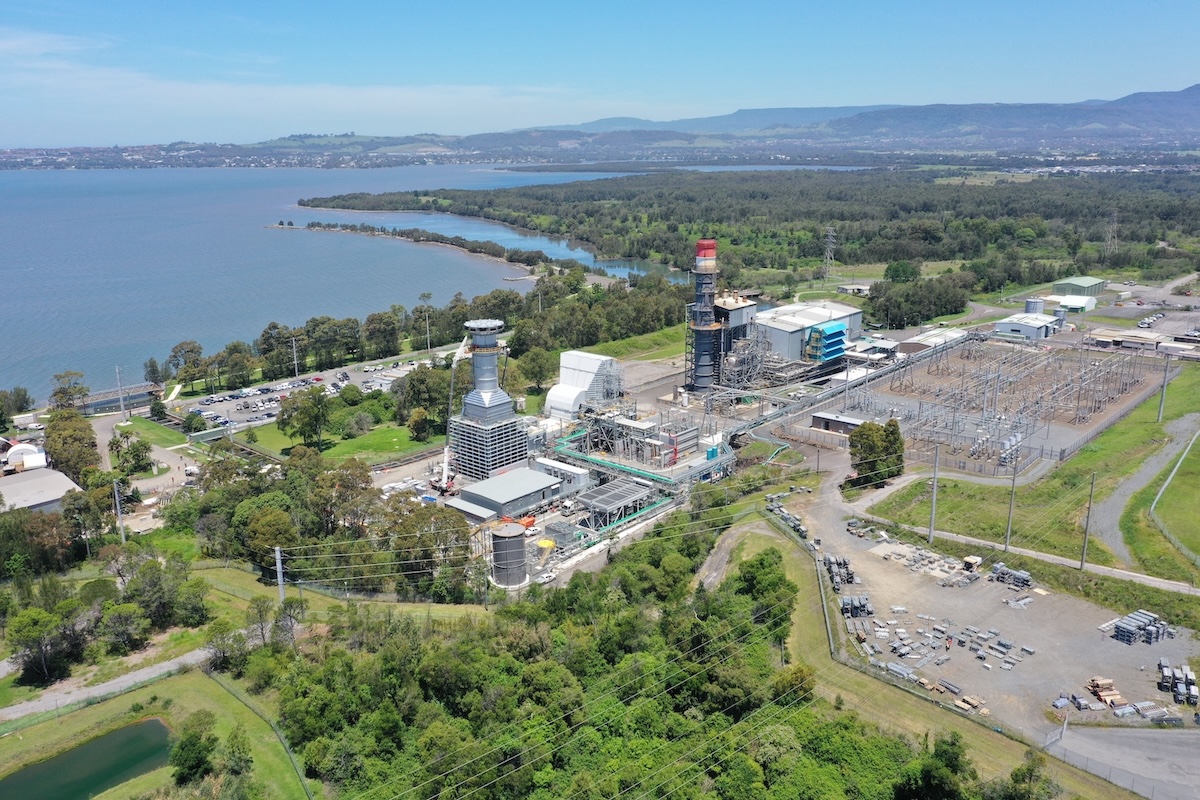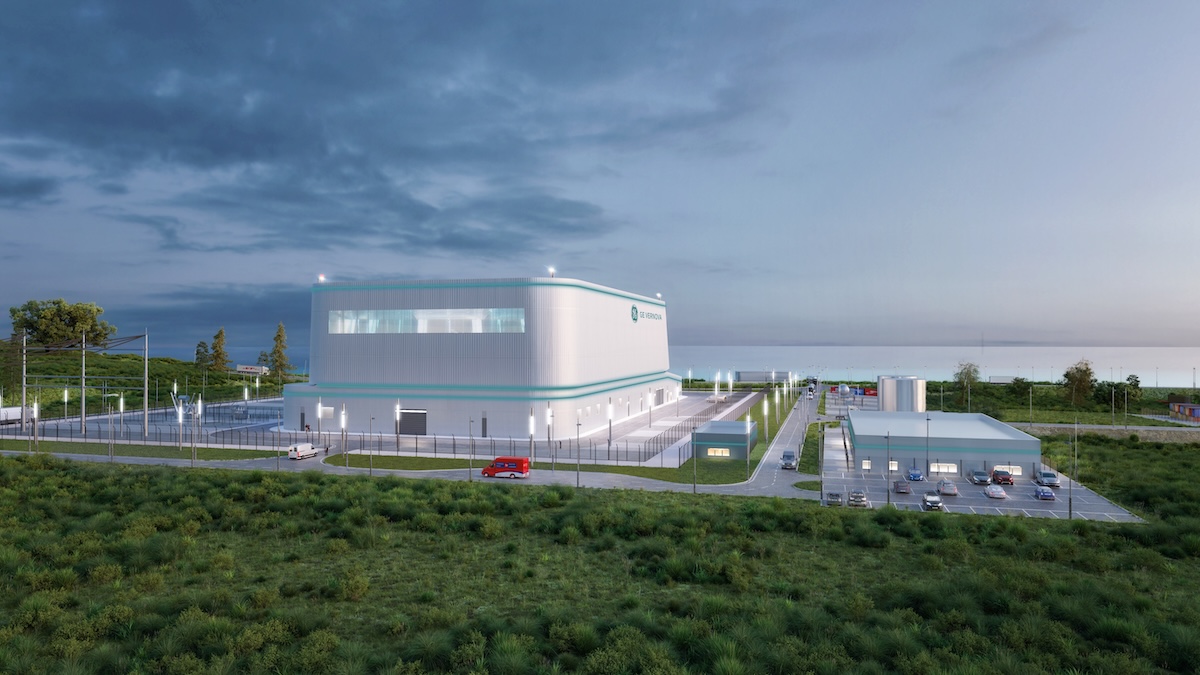In 2009, the United States Department of Energy was seeking a dose of radical thinking. Early that year, its newly created Advanced Research Projects Agency–Energy (ARPA-E) issued an open call for “the most revolutionary energy technologies.” If ARPA-E officials were expecting a steady trickle of ideas from business, academia, and research laboratories, they were wrong. They’d just opened the floodgates. Over the next few months, around 3,700 concept papers landed on their desks.
It took a 500-strong team of reviewers to sift through the submissions. They were all looking for something specific: game-changing ideas about advanced energy technology development. High-risk concepts were fine, on the condition that they also promised high reward. After several rounds of vetting, they announced that 37 concepts — one out of every 100 submitted — were the winners of the inaugural contest, and would share $176 million in federal funding. Among the winning entries was a proposal from GE about cutting-edge magnets for electric vehicles and wind turbine generators.
“GE Vernova has been there from the very beginning,” says Jeffrey Vaughan, a global controller at GE Vernova Research. Over the past 15 years, GE Vernova’s groundbreaking concepts have been fixtures on ARPA-E’s lists of funding winners, which the company is proud of. And at any one time, GE Vernova and ARPA-E are working together on many programs, adds Vaughan. These programs have varied according to the energy policy priorities of the day, but there’s no doubt, he says, about the current focus: “cutting-edge breakthrough technology that’s going to help the country and society with the energy transition.”

This week, GE Vernova is sharing some of these technologies to accelerate that shift in energy use at the ARPA-E Energy Innovation Summit in Dallas. As well as boasting various speaker slots and panelists at the event, GE Vernova will host no fewer than nine booths, where its experts will present concepts ranging from gas turbines that can burn 100% hydrogen to cutting-edge algorithms that can slash the cost of operating and maintaining nuclear plants.
As well as showcasing game-changing technologies, GE Vernova is keen to emphasize its special ability to bridge the gap between the laboratory and the marketplace, says Judy Guzzo, a project leader at GE Vernova Advanced Research. “Beyond solving a problem technically, our ability to go ahead and commercialize it is truly unique.”
One Step Ahead
ARPA-E has its roots in the United States’ drive for global leadership. In 2007, the U.S. Congress passed a law authorizing the agency’s creation. Policymakers modeled the new outfit on the Defense Advanced Research Projects Agency (DARPA), which was created by President Dwight Eisenhower in 1957 and still enables the U.S. to stay at least one step ahead on the development of military technology. When ARPA-E began operations in 2009, it received $400 million from the federal government to kick-start its first projects.
If the projects that receive ARPA-E funding and support sound exciting, that’s because they are. Vaughan is keen to dispel the notion that the agency funds people wearing white lab coats making slow, incremental advances on traditional energy problems. “ARPA-E connects you to this network of academics, small business, not-for-profits, and industrial partners that provide a ton of insight about the challenges in the energy space,” he says. “We’re focused on breakthroughs, and working on the toughest problems,” he adds.
There’s abundant scope for innovation. ARPA-E boasts around 20 program directors, all with a specific technology focus, from grid, generation, and storage to electrical efficiency, transport fuels, and distributed energy resources. “Many of these areas are closely aligned with the work and interests of GE Vernova: decarbonization, renewables acceleration, and electrification,” says Vaughan.

Once selected for a project by ARPA-E, GE Vernova’s managers start by zeroing in on areas that are most ripe for innovation. Once a project scope is identified and agreed on, the partners jointly put up the cash. “Most projects run for two to three years and are in the range of $2 to $4 million,” explains Vaughan.
Working with ARPA-E might be in the form of one-on-one meetings between GE Vernova’s senior engineers and ARPA-E’s program directors, or quarterly town-hall-style gatherings at the GE Vernova Research campus in upstate New York, with invitations extended to university students, small businesses, and researchers. “We’ll have regular program reviews as a kind of a touch point, just to see how they’re progressing in line with the metrics,” says Guzzo.
One of the key measures of success is commercialization. “Although ARPA-E realizes that investment is risky and that many projects will fail, they also do want to see the technology going into a commercial application,” says Guzzo. That’s why all the projects have “tech to market” criteria, she explains. If projects don’t achieve full commercialization, the generation of new intellectual property and follow-on funding from investors are the next best things.
Showcasing Breakthroughs
GE Vernova is excited to welcome delegates in Dallas this week. (“We’ve had the U.S. secretary of energy stop by to learn about our breakthroughs in the past,” notes Guzzo.) They will hear about active collaborations, such as a project to achieve high-efficiency gas turbine operations by burning nearly pure hydrogen (H2) fuels. It involves something that has never been tried before, which is injecting more than 80% H2 blended with natural gas at high speed into the hottest part of a gas turbine. There’s a good reason to try: Engineers could one day slash the emissions of the world’s turbine fleets without giving away anything in efficiency.

“Today we’re burning natural gas through the world’s gas turbines, while thinking about ways to manage their carbon emissions post-combustion,” says Vaughan. “But this program allows us to remove the carbon before it actually gets into the turbine.”
GE Vernova will also demonstrate crawling robots that can creep inside the cavities of wind turbine blades. It’s not an attack of autonomous vacuum cleaners, but the clever harnessing of robotics and artificial intelligence (AI) to carry out remote inspections of the crucial components. These capabilities are important if the wind sector is to maintain manufacturing standards amid surging demand for turbines over the next decade.
ARPA-E delegates will see how powerful algorithms scour every inch of each blade’s interior, looking for flaws before they are shipped out with a certificate providing proof of their strict digital vetting. The ability to catch defects early in the process is a major boon for power producers because it reduces the likelihood of more serious issues once the turbine is up and spinning, which could result in costly downtime. Over the long term, this AI-enabled quality assurance will boost the lifetime of the critical components, firming up the longevity of the turbines that are central to the world’s energy transition.
“The energy transition is all about scaling. The wind sector’s total generation is expected to increase at least sixfold by 2040,” says Vaughan. “And that’s the magic of ARPA-E and the government model, because it creates a very focused and deliberate team that is always thinking about what’s coming next,” he adds.
GE Vernova’s engineers will also share an update on one of the crown jewels of its work with ARPA-E: a project that could slash the costs of operating and maintaining nuclear power plants, the zero-carbon mainstays of grids worldwide. The project is part of the Generating Electricity Managed by Intelligent Nuclear Assets (GEMINA) program and gathers mountains of data gathered from sensors located all over a new GE Hitachi reactor. Leveraging the data, engineers have built virtual models of the physical assets called digital twins.

This allows engineers to monitor all the parts, machines, and systems whirring away across the nuclear power plant, and use artificial intelligence (AI) to generate insights that can lead to efficiencies. The AI is not just a set of machine learning (ML) algorithms; it knows the art of humility. This so-called humble AI can monitor incoming information, infer conclusions based on that information, and notice when certain data is missing. It can then ask for more data or for human input, while also predicting the accuracy of its own conclusions. GE Vernova’s GEMINA project, incorporating the humble AI approach, can result in cost savings of up to 37% on the typical maintenance program for a GE Hitachi boiling water reactor (BWR), says Naresh Iyer, a principal scientist who worked on the project.
“We know nuclear reactors. We also have deep expertise in ML, and the latest trends that are happening,” says James LeBlanc, the executive director of electrification at GE Vernova’s Advanced Research unit. “We can put that together with this multidisciplinary team to go solve problems for the energy transition both today and tomorrow, like no one else can.”
